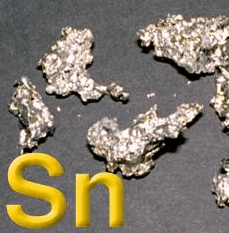Electric Miner’s Lamp
Torches were used by the early Romans for mine-lighting, and these were followed by open lamps or earthen jars filled with tallow or oil, and
Torches were used by the early Romans for mine-lighting, and these were followed by open lamps or earthen jars filled with tallow or oil, and
By the old method of determining platinum in ores and bullion, the silver-alloy first obtained in the regular course of assay is parted in strong
Table of ContentsExperimental Data on the Specific Heat of GasesSpecific-Heat Equations & DerivationHeat-Capacity CurvesConstruction and General ApplicationApplication in Metallurgical CalculationsExample 1Example 2Example 3Example 4Appendix AAppendix BDerivation of Formula
The early development of the reverberatory furnace for smelting copper ores was the work of the Welsh smelters, particularly those of Swansea. The first record
Table of ContentsDevelopment of the Chloridizing Leaching ProcessThe PlantImportance of Proper MixingHolt-Dern RoasterLeaching ProcessLeaching CostsPrecipitationPumpsConclusions Outline of the Chloridizing Leaching Process: The Mines Operating Co.’s plant
Table of ContentsPreparation of the Gold-Bearing MaterialPreparation of Silver SulphideAssay of the Gold- and Silver-Bearing MaterialsConclusionsDiscussion The iron-nail method of assaying has been used for
From time immemorial the methods of assaying any materials for silver and gold were in reality nothing but laboratory smelting methods. The writer arrived in
Table of ContentsStock solutionsAssaying for Silver and GoldRemoval of Selenium and Tellurium Someone some time ago remarked that some chemists still insist on telling us

Wood burning assay furnaces are made with single and double muffles and are much like the soft coal furnaces except that a larger firebox and

Table of ContentsTin Fire Assaying MethodsWet Assay MethodsDetermination Method AdvocatedAlternative Determination MethodsMethods of Reducing Stannic SolutionsMethod of Titration with Standard Ferric ChlorideConclusion The object that the writer has mainly